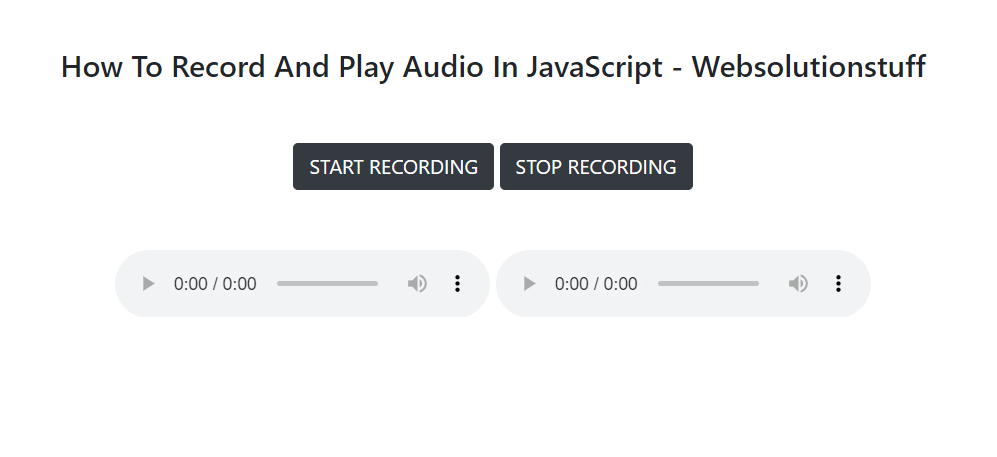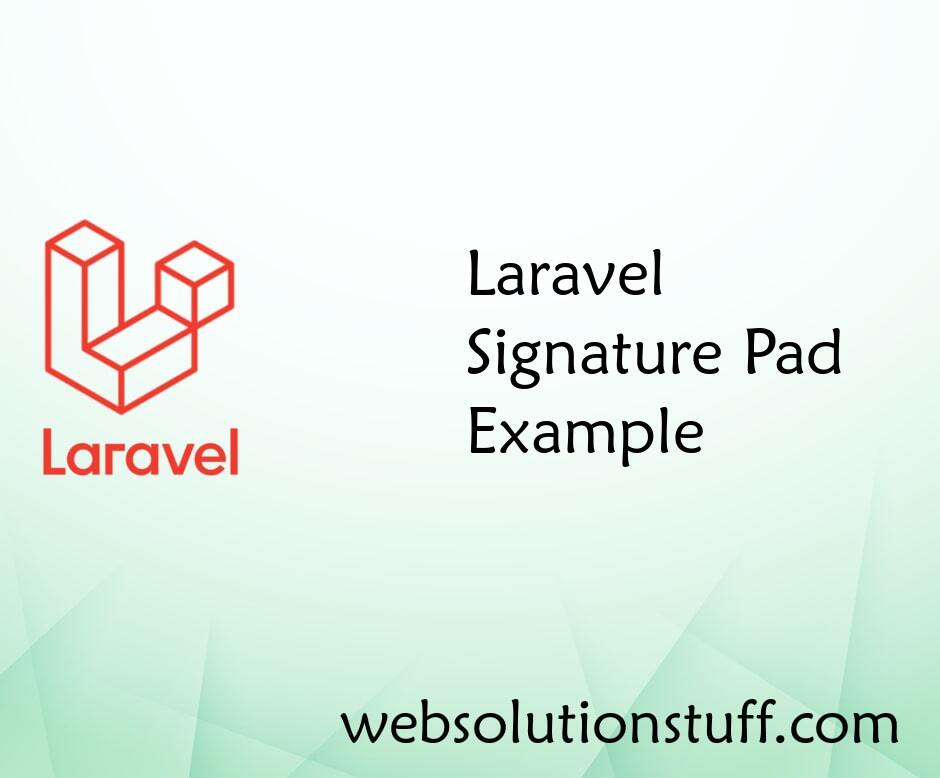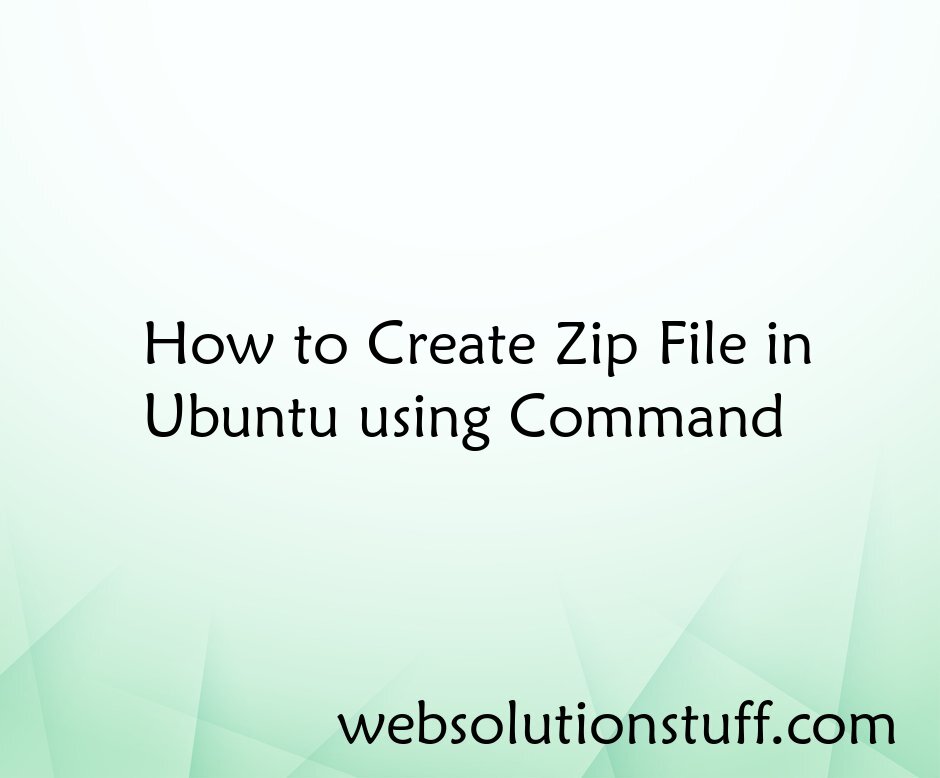How To Record And Play Audio In JavaScript
Websolutionstuff | Feb-20-2023 | Categories : jQuery
In this article, we will see how to record and play audio in javascript. Here, we will learn about how to record audio from a web page and play recorded audio. First, ask the user for microphone access to the browser and record the audio through the microphone and save the audio data chunks in form of binary values in an array when we play the audio then retrieve chuck data and start playing.
Also, we will use the getUserMedia() function. The MediaDevices.getUserMedia() method prompts the user for permission to use a media input which produces a MediaStream with tracks containing the requested types of media. That stream can include, for example, a video track, an audio track, and possibly other track types.
We will also use MediaRecorder() function. The MediaRecorder interface of the MediaStream Recording API provides functionality to easily record media. It is created using the MediaRecorder() constructor.
So, let's see how to record audio in javascript, how to record audio using jquery, getusermedia example, mediarecorder javascript example, and javascript record audio from web page.
Step 1: Start recording the audio
Step 2: While recording, store the audio data chunks
Step 3: Stop recording the audio
Step 4: Convert the audio data chunks to a single audio data blob
Step 5: Create a URL for that single audio data blob
Step 6: Play the audio
Example:
<!DOCTYPE html>
<html>
<head>
<title>How To Record And Play Audio In JavaScript - Websolutionstuff</title>
<link rel="stylesheet" href="https://maxcdn.bootstrapcdn.com/bootstrap/4.0.0/css/bootstrap.min.css">
</head>
<style>
body{
margin:50px;
}
</style>
<body class="text-center">
<h4>How To Record And Play Audio In JavaScript - Websolutionstuff</h4>
<p class="mt-5 mb-5">
<button class="btn btn-dark" id="btnStart">START RECORDING</button>
<button class="btn btn-dark" id="btnStop">STOP RECORDING</button>
</p>
<audio controls></audio>
<audio id="audioPlay" controls></audio>
</body>
</html>
<script>
let audioIN = { audio: true };
// audio is true, for recording
// Access the permission for use
// the microphone
navigator.mediaDevices.getUserMedia(audioIN).then(function (mediaStreamObj) {
// Connect the media stream to the
// first audio element
let audio = document.querySelector('audio');
//returns the recorded audio via 'audio' tag
// 'srcObject' is a property which
// takes the media object
// This is supported in the newer browsers
if ("srcObject" in audio) {
audio.srcObject = mediaStreamObj;
}
else {
audio.src = window.URL
.createObjectURL(mediaStreamObj);
}
// It will play the audio
audio.onloadedmetadata = function (ev) {
// Play the audio in the 2nd audio
// element what is being recorded
audio.play();
};
// Start record
let start = document.getElementById('btnStart');
// Stop record
let stop = document.getElementById('btnStop');
// 2nd audio tag for play the audio
let playAudio = document.getElementById('audioPlay');
// This is the main thing to recorded
// the audio 'MediaRecorder' API
let mediaRecorder = new MediaRecorder(mediaStreamObj);
// Pass the audio stream
// Start event
start.addEventListener('click', function (ev) {
mediaRecorder.start();
console.log(mediaRecorder.state);
})
// Stop event
stop.addEventListener('click', function (ev) {
mediaRecorder.stop();
console.log(mediaRecorder.state);
});
// If audio data available then push
// it to the chunk array
mediaRecorder.ondataavailable = function (ev) {
dataArray.push(ev.data);
}
// Chunk array to store the audio data
let dataArray = [];
// Convert the audio data in to blob
// after stopping the recording
mediaRecorder.onstop = function (ev) {
// blob of type mp3
let audioData = new Blob(dataArray,
{ 'type': 'audio/mp3;' });
// After fill up the chunk
// array make it empty
dataArray = [];
// Creating audio url with reference
// of created blob named 'audioData'
let audioSrc = window.URL
.createObjectURL(audioData);
// Pass the audio url to the 2nd video tag
playAudio.src = audioSrc;
}
})
// If any error occurs then handles the error
.catch(function (err) {
console.log(err.name, err.message);
});
</script>
Output:

You might also like:
- Read Also: Fixed: Class "DOMDocument" Not Found In Laravel
- Read Also: How To Get Multiple Checkbox Value In Javascript
- Read Also: How To Convert HTML To PDF using JavaScript
- Read Also: How To Generate QR Code Using Javascript
Recommended Post
Featured Post

How To Get Selected Checkbox L...
In this tutorial, I will explain you to how to get the selected checkbox value from a checkbox list in jquery, If y...
Jun-17-2020

Create Dummy Data Using Larave...
In this example we can see how to add multiple dummy records in the database at a time using tinker and factory, mo...
May-21-2020

Laravel Signature Pad Example
In this article, we will learn about the laravel signature pad example. we will perform a digital signature pad in larav...
Feb-03-2021

How to Create Zip File in Ubun...
Hey folks! If you're anything like me, sometimes you just want a quick and straightforward way to bundle up a bunch...
Jan-24-2024